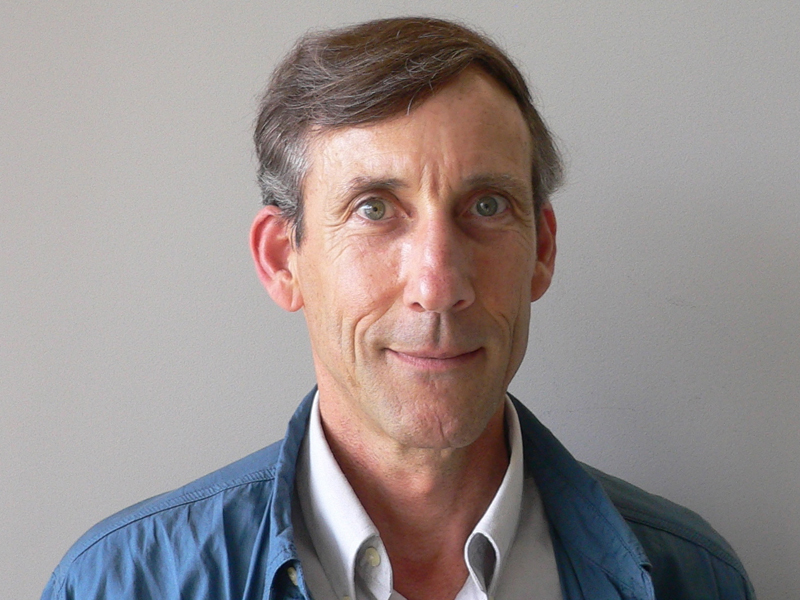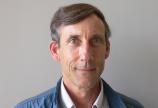“We live in the future”—George Dyson
- Melanie Tromp Hoover

By his own admission, George Dyson isn’t exactly a poster child for higher education. The kayak-builder-turned-science-historian dropped out of high school in the ’60s and moved to Canada at age 17 to crew cargo ships and live in a tree house on Burrard Inlet for three years, opting to study the world in the vein of Huckleberry Finn while dreaming up kayak construction at impossibly grand scales. Though he was essentially born at Princeton (to celebrated theoretical physicist Freeman Dyson and mathematics genius Verena Huber-Dyson), his honorary degree from the University of Victoria is actually his first degree, period.
“So I’d like to thank Chancellor Farmer for giving this honour to such an unlikely candidate,” joked Dyson at the top of his ‘Two Years Before the Mast’ President’s Distinguished Lecture, delivered moments after receiving his honorary doctorate of laws in a special convocation ceremony at UVic on December 4.
A man of incredibly diverse interests, Dyson is a respected philosopher, award-winning kayak builder and the author of four books that cover topics ranging from Aleut-style kayaks to scientist Alan Turing’s first computation machine—a distinctive body of work that stems from Dyson’s lifelong love of reading. He credits this passion to his nanny, Helen Dukas, who just happened to be Albert Einstein’s secretary before taking charge of the Dyson children after Einstein’s death in 1955.
As much as space and technology fascinated him, Dyson chose to live alone in the wilderness during his early 20s, believing that the roots of fantastic innovations were connected to living organisms.
“Living in a treehouse was my way of getting back to Eden,” said Dyson, who spent these years studying historical voyages and exploring the Inside Passage in Aleut-style kayaks built with his own hands and limited materials—a West Coast invention that kicked off his career documenting technical history.
“In almost every other example of European settlement in North America, European technology was adopted by Aboriginal people and the native tools were dropped. With kayaks on the West Coast, the opposite happened—the Russians started building kayaks using Native design.
“I wanted to learn more about this and see what the Russian explorers saw, where they went and how these boats were used.”
From this interest came Baidarka the Kayak; a book that was initially passed on by publishers only to be published in multiple languages by 1986. The success of Baidarka gave Dyson space to explore the concepts behind global intelligence and the internet in Darwin Among the Machines in 1997 before writing about Project Orion, an atomic spaceship project that his father was involved in, in 2002.
Turing’s Cathedral, published just this year, explores the history of our digital universe.
“We used to live in a world where getting information meant gathering together splinters of facts and data to put together and create meaning,” said Dyson, who looks at the evolution of technology in relation to both the physical environment and social change. “Now we have access to so much information that we actually have to remove pieces of data to leave a shell of meaning.”
“We live in the future; it’s a science fiction world now—so how do we use this new world best?”
Dyson’s hour-long tour of both the building blocks of his career and his fascination with how science, technology and nature intersect and influence each other marked the first in a series of three special convocations and lectures planned for UVic’s 50th anniversary, including Canadian author Anne Michaels on Feb. 18 and ecofeminist and social justice activist Dr. Vandana Shiva on March 27.

